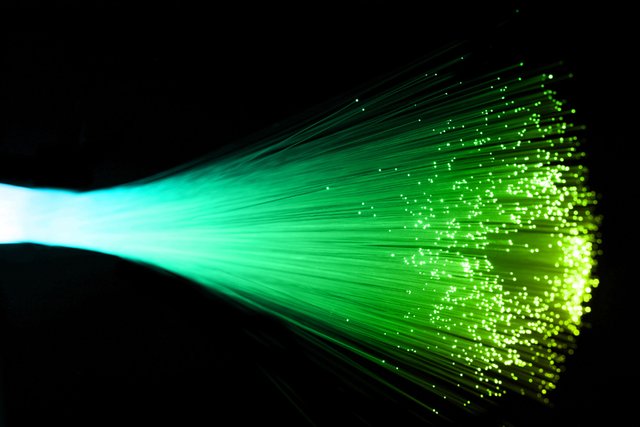Quantum Optics: Part 5 - Einstein's Theory of Radiative Transitions
We have seen over the course of the previous posts that through classical mechanics, we have managed to explain rather a lot! We started with an initial attempt to describe the way in which light interacts with the electrons in dielectric materials. We uncovered the frequency dependence of refractive index via niave arguments for simple harmonic notion in weak field limit. We also saw that an oscillating dipole gives rise to electromagnetic radiation. In the most recent post, we saw that when the perturbing field is no longer weak, we enter the regime of non-linear optics. In this post, we will begin to explore the ways in which light and matter interact, at a fundamental level.

Imagine a simple system, which comprises two energy levels, E1 and E2. Due to the conservation of energy, it is the case that the energy of a photon that is either emitted spontaneously, or absorbed, is equal to the difference in energy between the two levels,

We will assume that the population of the excited state, E2, is given by N2(t), and the rate at which an electron spontaneous decays to the ground state, E1, is proprtional to the number of electrons in E2,

Einstein called the constant of proportionality his 'A coefficient',

Absorption is not a spontaneous process. A transition only occurs when a photon of the necessary frequency comes along to stimulate the electron transition. We can write down a similar equation to that of (3), in order to describe the rate of absorption, but we must take into account the spectral density of the electromagnetic field; that is, only the part of the spectrum with angular frequencies close to E2-E1 can stimulate a transition.
We can write the rate of photon absorption as

where

Einstein realised that there was something more at play, here, other than just spontaneous emission, and absorption. The presence of a photon of the right frequency can stimulate an electron transmission. The two level system can, therefore be described more fully via

In the next post, we will consider the case where system is at thermal equilibrium, which is described via boltzmann statistics.